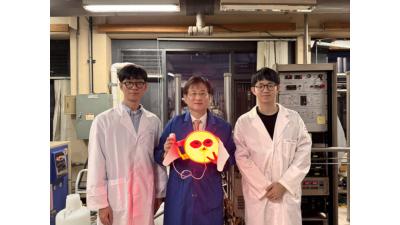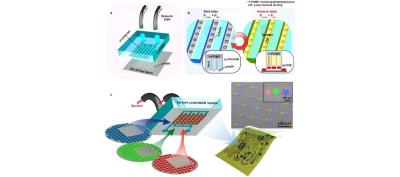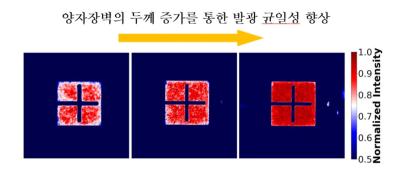KAIST researchers use microLEDs to create a phototherapy light mask to slow down skin aging
Researchers from the KAIST institute in Korea have developed a microLED-based face mask, that aims to slow down skin aging. The researchers say that the mask's flexibility enables uniform light penetration and so can slow down skin aging. The team conducted trials in collaboration with a university hospital, and found out that skin elasticity in the dermal layer improved by 340% compared to conventional LED masks.
Each light mask has 3,770 microLED devices, and a light diffusion layer that disperses the light evenly. The researchers did not detail the size or properties of the microLEDs. The researchers have licensed the technology to FRONICS that plans to commercialize it.





